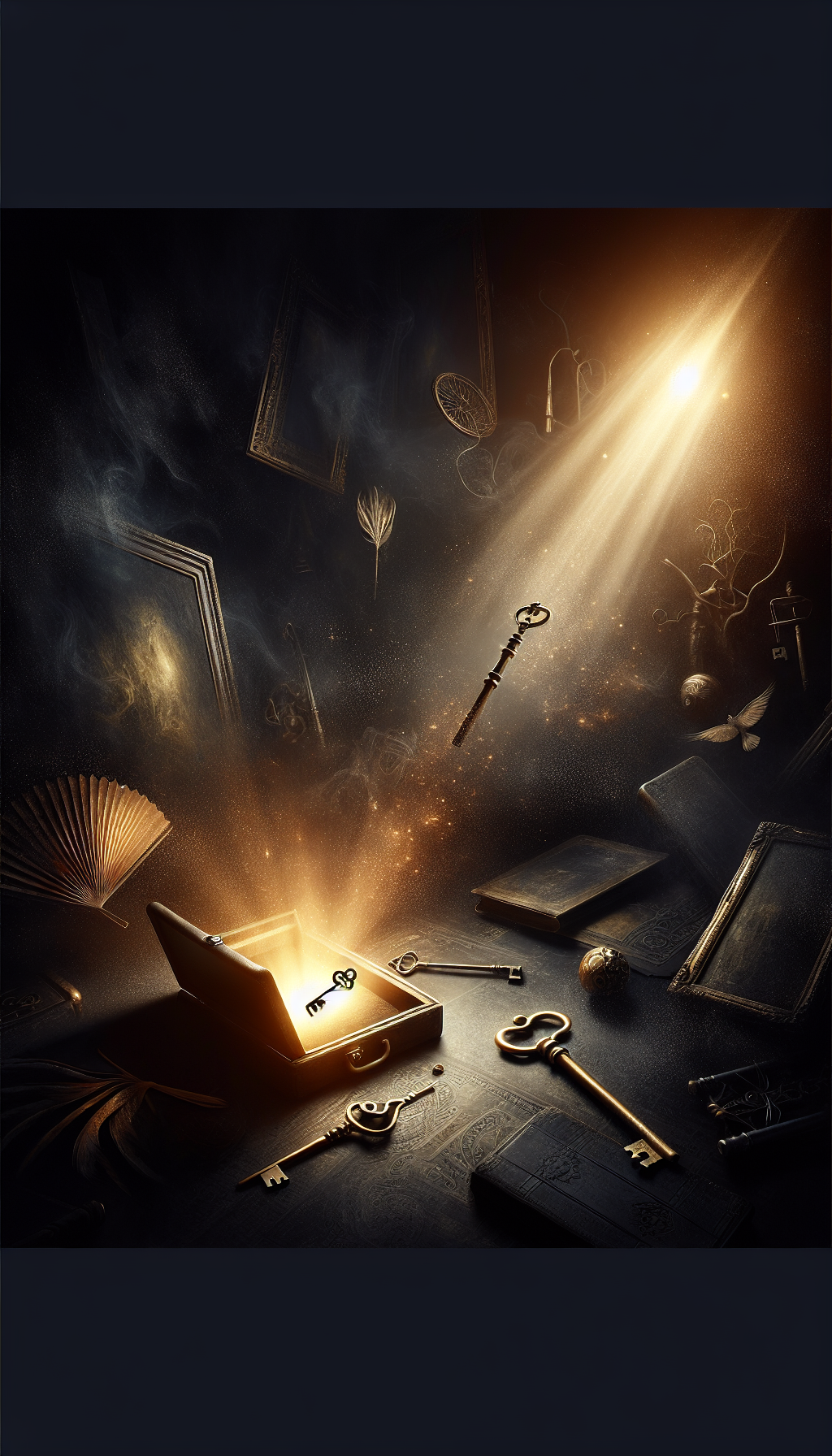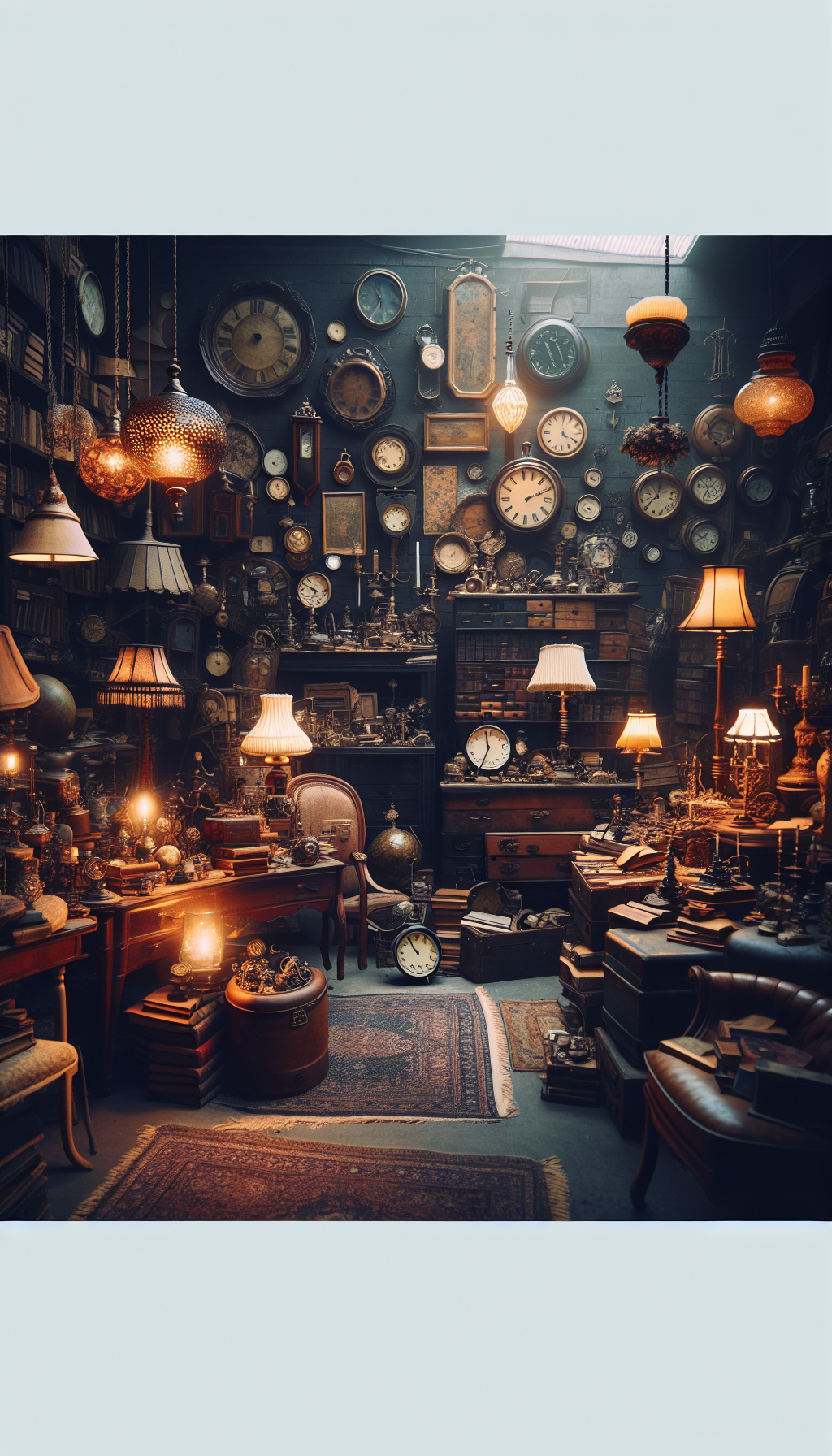Unlocking The Worth Of Wit Exploring The Investment Potential Of Charles Braggs Art Collection
Charles Bragg’s sharply observed, often hilarious depictions of professionals, power, and human foibles have long resonated with collectors who appreciate both technical finesse and incisive satire. For appraisers and investors, however, the worth of Bragg’s wit is not just cultural—it’s quantifiable. Understanding how edition practices, condition, subject matter, and provenance intersect in his market can help you evaluate opportunity, avoid pitfalls, and build a resilient collection.
This guide outlines the key value drivers behind Bragg’s works—especially his etchings, lithographs, serigraphs, and bronzes—and offers practical steps for authentication, conservation, pricing, and strategy.
Charles Bragg at a Glance: Why the Satire Endures
Bragg (1931–2017) was an American artist best known for satirical imagery rendered with real draftsmanship. He turned his eye toward institutions and professions—lawyers, doctors, clergy, bureaucrats—capturing the comedy in ambition, vanity, and institutional ritual. His market enjoys a broad base, including collectors with personal ties to the subjects (e.g., lawyers buying legal-themed works), and those who favor narrative figuration and humor.
Mediums you will encounter:
- Original works on paper: drawings, watercolors, mixed media.
- Prints and multiples: etchings, lithographs, serigraphs, occasionally hand-colored prints. Many are pencil-signed and numbered.
- Sculptures: limited-edition bronzes, often with a satirical twist.
Why his market has staying power:
- Recognizable “voice”: strong, consistent satire with visual clarity.
- Technical merit: confident line, accomplished printmaking.
- Collectibility across price points: from accessible signed prints to scarcer bronzes and unique works.
- Giftability and niche appeal: pieces that resonate with professionals create steady demand for certain subjects.
Originals vs. Prints vs. Posters: Understanding What You’re Looking At
Precise identification is step one in valuation.
Original works on paper
- Typically unique: drawings, gouache, watercolor.
- Look for direct media application (ink penetration, brushwork, corrections, pencil underdrawing).
- Often command higher prices than prints, contingent on subject and condition.
Original prints (fine art prints)
- Intaglio (etching, drypoint): look for an impressed plate mark and slightly raised ink ridges; paper may be Arches, Rives BFK, or comparable fine papers.
- Lithographs: uniform ink distribution and tonal nuance; no plate emboss, but margins often wide; may have printer/publisher blind stamps.
- Serigraphs (screenprints): layered, opaque color fields; sometimes with a slight surface relief from multiple pulls.
- Edition markings: a fraction such as 24/200 at lower left; pencil signature at lower right; title sometimes centered in pencil.
- Proofs: AP (Artist’s Proof), PP (Printer’s Proof), HC (Hors de Commerce), BAT (Bon à Tirer). These are usually a small subset of the edition; market values vary by desirability and scarcity.
Reproductions/posters (offset lithography)
- Halftone dot pattern visible under 10x magnification.
- Often bear a printed signature rather than a pencil signature.
- Typically unnumbered; if numbered, that number may not indicate a fine-art edition.
- Generally much lower in value.
Bronze sculptures
- Limited editions: look for edition number on the base or underside (e.g., 5/25).
- Foundry mark and stamp; a quality patina; consistent casting details.
- Significant price step-up vs. common prints, with variations based on scale, edition size, and subject.
The Major Value Drivers in Charles Bragg’s Market
- Subject matter and storytelling
- Legal, medical, and institutional satire often attracts deep collector bases.
- Specific, widely recognized images can outperform generic compositions.
- Works with complex scenes and multiple characters tend to command more attention than minor vignettes.
- Medium and edition size
- Unique drawings/watercolors: premium category.
- Etchings and original lithographs: strong mid-market core; smaller editions generally more desirable.
- Serigraphs: can perform well when color work is especially effective.
- Oversized or deluxe editions (e.g., on special paper, with remarque or hand-coloring) often enjoy a premium.
- Bronze sculptures: typically higher-value multiples; smaller edition sizes improve scarcity and price resilience.
- Signature and proof status
- Pencil-signed and numbered works carry the market standard.
- AP/PP/BAT/Hors de Commerce proofs can bring a premium, particularly for key images, but this is not automatic—condition and subject still rule.
- Verify that the signature is graphite pencil, not printed. Position is typically lower right in the margin.
- Condition
- For works on paper: foxing, mat burn, light staining, toning, abrasion, tears, creases, or trimmed margins materially reduce value.
- For intaglio prints: inspect plate mark integrity and ink surface; avoid scuffs to printed lines.
- For serigraphs: check for scuffing or loss to thick ink layers.
- For bronzes: watch for patina deterioration, corrosion, or ill-advised polishing.
- Professional conservation can help, but irreversible issues (trimmed margins, severe light fade) are lasting.
- Provenance and documentation
- Gallery labels, invoices, and exhibition history increase confidence and liquidity.
- Publisher or printer blind stamps/embossed seals help confirm authenticity.
- Certificates of Authenticity (COAs) vary in reliability—pair them with physical examination and comparables.
- Presentation quality
- Archival hinges, acid-free mats, and UV-filter glazing protect value.
- Non-archival framing can cause hidden damage—account for reframing costs in valuation.
Price Behavior, Liquidity, and When to Buy or Sell
While prices fluctuate by subject and condition, Bragg’s market is generally approachable with pockets of competition:
- Signed limited-edition prints: many trade in the hundreds to low thousands; sought-after images and scarce proofs can rise into the mid four figures.
- Unique works on paper: typically higher than prints, with stronger demand for major subjects, large scale, and top condition.
- Bronze sculptures: often mid-to-high four figures, with larger or iconic examples higher.
Liquidity considerations:
- Popular subjects (law/medicine/the professions) are easier to place due to broader demand.
- Low edition sizes can reduce available supply, encouraging firmer pricing but potentially elongating time-to-sale.
- Off-peak or generic subjects may require pricing flexibility or longer marketing windows.
Timing strategies:
- Sell when you have strong comparables: recent sales of similar edition, size, and subject in comparable condition.
- Buy opportunistically when condition issues are minor and correctable (e.g., non-archival matting that hasn’t yet caused burn), or when a seller misidentifies a print as a poster.
- Seasonal cycles matter; general fine art sales calendars can influence when the most active buyers are in the market.
Authentication and Due Diligence: How to Avoid Costly Mistakes
Magnification test
- Original prints: continuous lines/tonal areas; intaglio shows plate mark and sometimes slight ink relief.
- Offset posters: halftone dot patterns throughout.
Margin inspection
- Edition number at lower left, pencil signature at lower right, and sometimes a title in the center.
- Paper deckle edges suggest fine paper; check for watermarks (Arches, Rives BFK, Somerset, etc.).
- Watch for trimmed margins—this is a value hit, especially when it removes edition marks or plate mark.
Stamps and notations
- Printer/publisher blind stamps, embossed seals, or notations can support authenticity.
- Proof annotations: AP, PP, HC, BAT—ensure they make sense given the edition size and known practices.
Provenance trail
- Gallery labels, sales invoices, exhibition loan forms, or correspondence.
- Consistency between documented title, medium, dimensions, and the physical work.
Bronze specifics
- Foundry mark; consistent numbering; patina quality; weight and casting crispness.
- Beware of unauthorized casts or later editions outside the artist’s lifetime authorization; compare markings and provenance.
Appraisal comps
- Search for closely comparable examples by medium, subject, size, edition, and condition.
- Adjust for framing quality and restoration history.
Care, Framing, and Risk Management
Works on paper
- Use acid-free, lignin-free mats and UV-filter glazing (acrylic or glass).
- Hinge with Japanese paper and reversible wheat starch paste; avoid dry-mounting.
- Maintain 40–55% relative humidity and stable temperatures; avoid direct sun.
- Document all condition changes and conservator reports for future buyers.
Bronze sculptures
- Dust with a soft brush; avoid household cleaners.
- Control humidity to prevent corrosion; never abrade patina.
Insurance and documentation
- Insure at current fair market value; update after significant market moves or acquisitions.
- Keep high-resolution images, dimension notes, edition details, and framing invoices.
Building a Focused Charles Bragg Collection
- Define a theme: legal satire, medical narratives, institutional scenes, or the broader human comedy.
- Prioritize “best-in-category” images over sheer quantity—iconic subjects in top condition with strong provenance.
- Consider a balanced mix: a high-quality unique work or bronze as a cornerstone, complemented by carefully chosen prints.
- Upgrade over time: sell lower-tier duplicates to fund superior examples.
- Diversify satirical context: if desired, pair Bragg with other figurative satirists to broaden appeal without diluting the thesis.
Practical Checklist: Appraising and Buying Charles Bragg
- Identify the medium: original drawing, etching, lithograph, serigraph, bronze, or poster.
- Confirm signature and edition: pencil-signed? Numbered? Proof notation consistent?
- Check printmaking tells: plate mark (etching), blind stamps, paper watermark, deckle edges.
- Examine under magnification: no halftone dots for original prints; look for ink relief in intaglio.
- Assess condition methodically: margins, foxing, light staining, abrasion, creases, trimming, patina on bronze.
- Verify provenance: gallery labels, invoices, exhibition history; keep copies.
- Compare comps: same medium, subject, size, edition, and condition; adjust for framing and restoration costs.
- Plan conservation/framing: archival materials; budget reframing when needed.
- Validate bronze details: edition number, foundry mark, patina quality, weight, casting crispness.
- Confirm market fit: subject desirability and likely liquidity at your target price.
FAQ
Q: How can I quickly tell if a Charles Bragg print is an original fine-art print or just a poster? A: Use a 10x loupe. If you see a halftone dot pattern across lines and shading, it’s likely an offset reproduction. Original etchings show an impressed plate mark and ink relief; lithographs and serigraphs show continuous tones or layered ink without halftone dots. Also look for a pencil signature and edition number in the margins.
Q: Do Artist’s Proofs (AP) bring a premium over regular editions? A: Often, but not automatically. APs are scarcer, which can help, especially for popular images. However, condition, subject, and demand outweigh proof status. A clean, well-framed regular edition can outperform a compromised AP.
Q: How much does condition matter for value? A: Greatly. Foxing, mat burn, trimming, and light fade can reduce value significantly. Some issues are treatable; others (like trimmed margins) are permanent. Always factor conservation costs and risks into your valuation.
Q: Are bronzes a better investment than prints? A: Not inherently. Bronzes often have smaller editions and higher entry prices, which can create stronger scarcity dynamics. But standout prints in top condition with desirable subjects can deliver excellent demand. Choose quality and subject over medium alone.
Q: Should I reframe older Bragg prints? A: If the existing framing is non-archival or showing acid migration, yes. Use acid-free materials and UV-filter glazing. Retain and document any original labels or inscriptions; you can remount them on the new frame backing to preserve provenance.
By combining careful authentication with disciplined selection and professional care, you can unlock the worth of wit in Charles Bragg’s art—collecting pieces that remain as resilient in the market as they are incisive on the wall.




